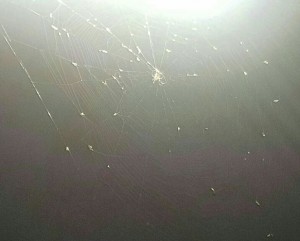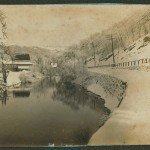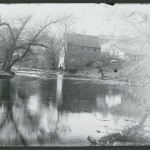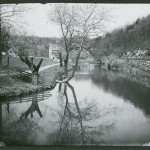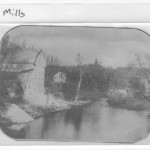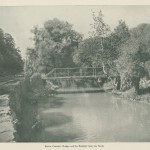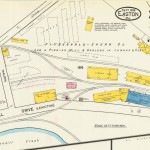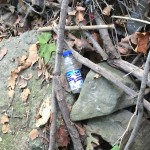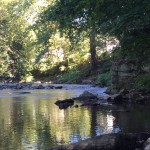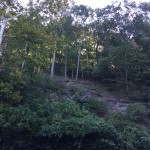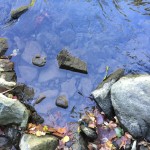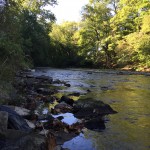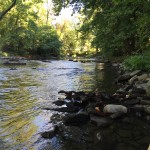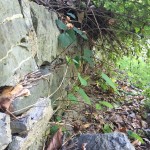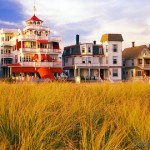Yesterday I took the Metro North train to New Canaan with my aunt to see Philip Johnson’s Glass House that he built in 1949. I first heard about this piece of architecture from a class taught by Professor Mattison in my freshman here at Lafayette, and the house has always stuck with me because of its modernity and interaction with the environment around it. The Glass House is a ~1,400 square foot home that is completely surrounded by glass.
Johnson used this house as a weekend getaway from NYC, so his work and free time were meant to interact with the nature of the property he owned. He can see out just as well as he can see in, but at night he would look in every which way and couldn’t escape his own reflection, so he illuminated the house’s surrounding trees to draw the eye outwards. I wonder how Thoreau would feel about this house?
On his property he built his own pond. I’m not completely sure why he had built this pond, but he became an architect later in life after a previous comfortable life financially. This pond was probably the size of Anderson Courtyard and reflected the glass house beautifully while seated on the concrete pavilion along the inside of the pond. So, what would Thoreau think about the pond?

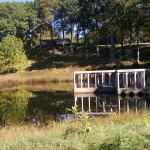
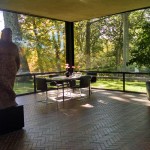
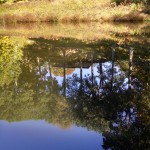
 NY times article :
NY times article : 